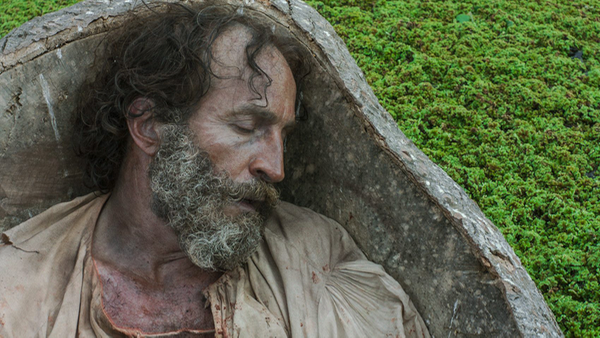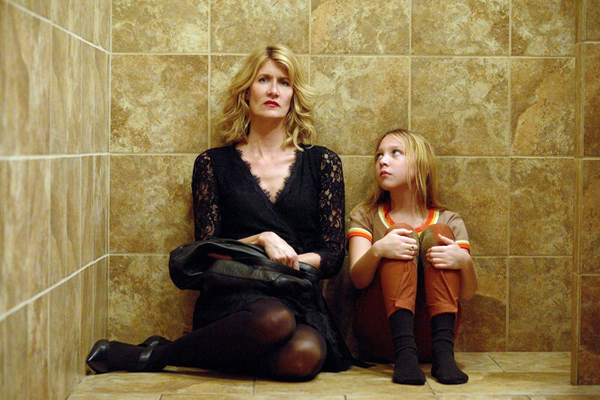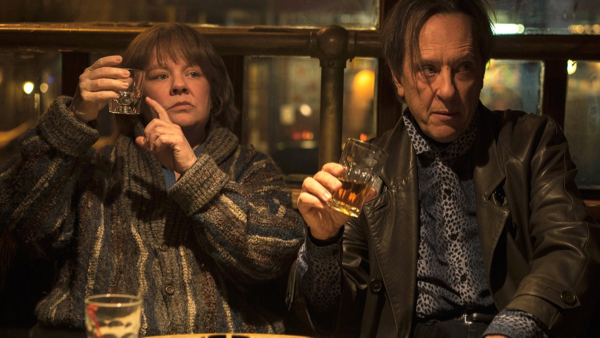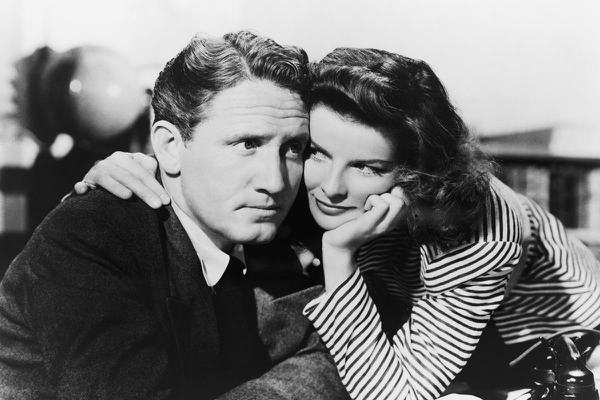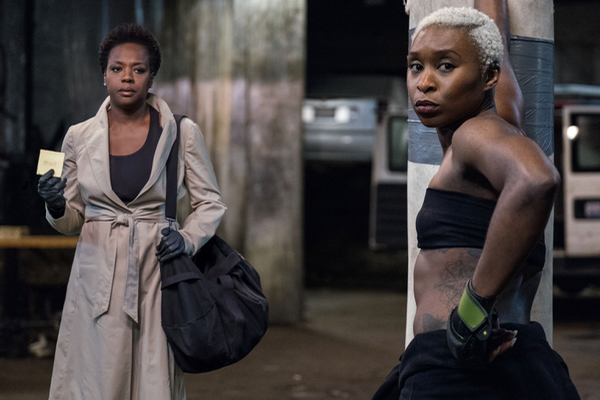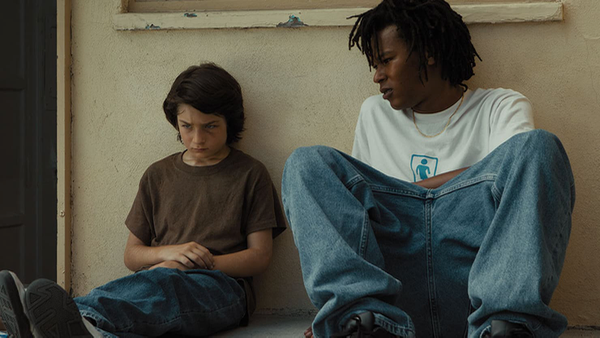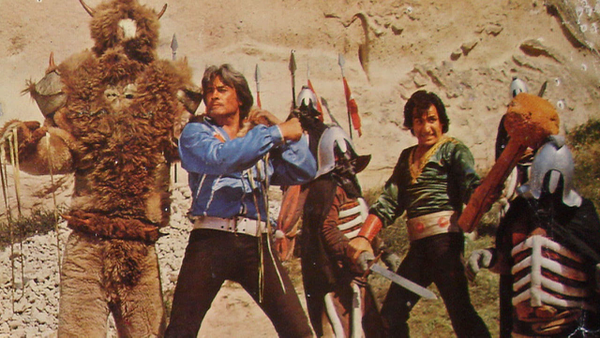Movie review by Greg Carlson
Based on the 1956 novel by Antonio di Benedetto, Argentine auteur Lucrecia Martel’s “Zama” invites the viewer to experience the humiliations of the title character, a doomed late 18th century Americano colonizer desperate for a transfer that we know immediately will never be authorized. Perfectly captured in a performance by Daniel Gimenez Cacho that balances the deadpan and the dignified, Don Diego de Zama may or may not be as clueless as he so often appears. His fate, however, is as certain as the moral corruption of the slavery that surrounds him.
In a series of deliberately staged scenes of ravishing visual and auditory design, Martel observes the folly with calculated detachment. Resisting any and all temptations to explain, the filmmaker speaks through images that explore a series of tensions: male/female, inside/outside, water/land, day/night, real/imagined and a number of other dualities. Some viewers will likely experience some frustration and disequilibrium in the presentation, but anyone who appreciates the observational poetry of filmmakers like Terrence Malick will be thrilled by pictures that can morph from dream to nightmare with each new sunrise and sunset.
Liminality is the coin of Martel’s realm in “Zama,” and she manages to make the excruciating uncertainty of the long pause an engrossing experience for the audience, both in terms of what unfolds onscreen and in the lengthy span since “The Headless Woman” came out. As Guy Lodge wrote, “The frustrating nine-year wait for new material from Martel has done nothing to blunt her exquisite, inventive command of sound and image, nor her knack for subtly violent exposure of social and racial prejudice on the upper rungs of the class ladder.” All the better to take in Zama’s monumental sense of privilege and entitlement en route to some bitter cosmic comeuppance.
In one of Martel’s masterstrokes, Zama eventually joins a posse to pursue an enigmatic outlaw known as Vicuna Porto (an excellent Matheus Nachtergaele, equally funny and scary). Is Vicuna Porto real or imagined? Or could the name be traded, transferred, and imbued with power like the Dread Pirate Roberts? A late encounter between Zama and Porto contains a moment of searing clarity that summarizes the absurdity of laboring and striving so mightily for something that may be, like life itself, fleeting and ungraspable — or not there at all.
Martel revels in the languid pace that juxtaposes the Spanish intruders in their stifling coats and wigs against the more breezily attired natives. The ill-fitting hairpieces become one of the movie’s tremendous running gags, as wearers are constantly rearranging the greasy weaves atop sweaty pates. You can practically smell them. Like so many other displays that Martel capably shows without needing to tell, the impractical fashions of the Spaniards are as wrong as the treatment of the indigenous people. The bankruptcy of the conquerors is telegraphed in the lazy downward spiral of Zama’s prospects, as his series of setbacks points toward the kind of object-lesson culture clash outcomes explored cinematically in Werner Herzog’s “Aguirre, the Wrath of God,” Roland Joffe’s “The Mission,” Bruce Beresford’s “Black Robe,” Ciro Guerra’s “Embrace of the Serpent,” Martin Scorsese’s “Silence,” and many others.
